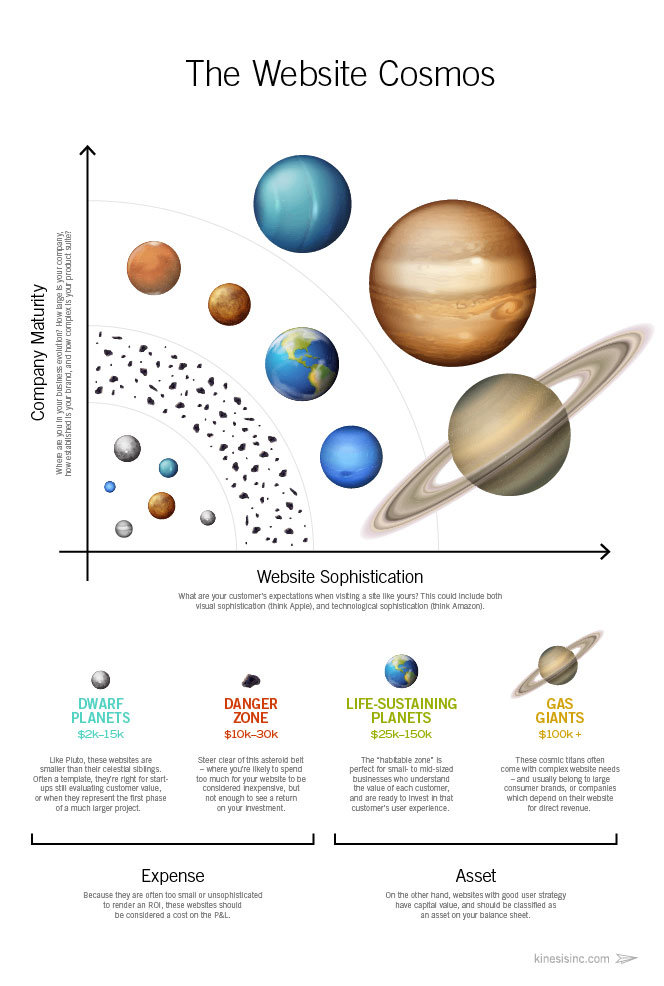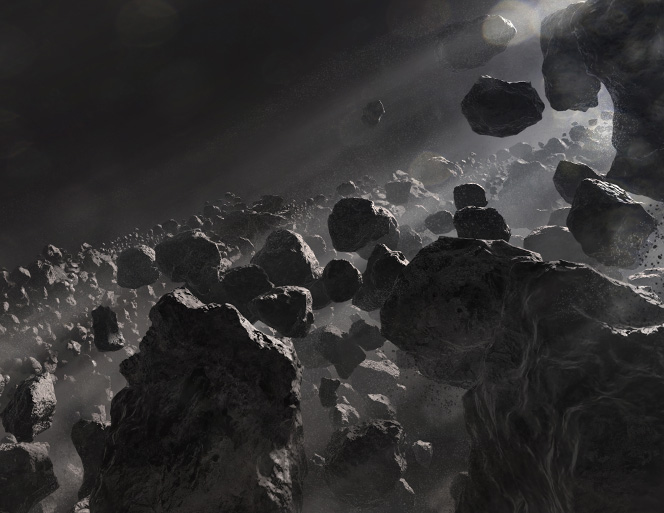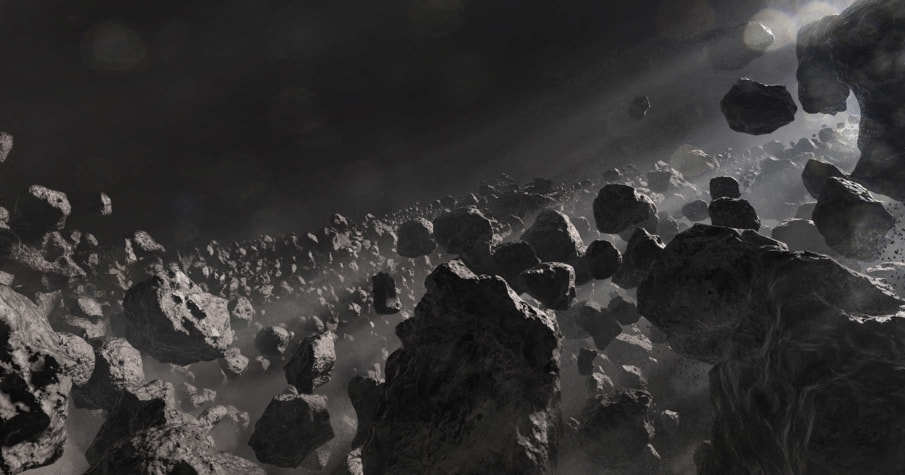At Kinesis, we've worked with businesses across a wide spectrum of needs - from modest marketing budgets to extravagant. And we've learned some important lessons about resource allocation along the way. One of the most common questions faced by those deploying marketing dollars is, “How much should I spend on a website?”
The answer to this question has evolved a lot since Kinesis opened our doors in 2000. Back then, the marketing world thought of a website as a brochure. By and large, the goal was to communicate the essentials and help people find your business… and that was it.
Today, the website landscape has changed quite a bit, and now I’m in the privileged position to help businesses navigate this complex landscape. Here are some of the insights I’ve gained about the right way to budget for a website – in galactic terms.
The Vast, Vast Universe of Website Budgets

When it comes to website spend, the spectrum is so wide it can sometimes be challenging to know where to start.
It isn’t hard to find a website for cheap. In fact, in Portland, you could practically throw a rock and hit three freelance web designers who can build a simple template for just a few thousand dollars. On the other end of the spectrum, you have companies like the Four Seasons hotel chain spending $18 million on a website relaunch. And every cost bracket in between.
To make matters more complicated, price doesn’t even necessarily indicate quality: Healthcare.gov, for example, cost upwards of $90mm and famously stalled within minutes of launch – leaving users with loading errors and frustrating 404 messages.
With all of these options available, how can you be sure you’re making the right investment – which won’t break the bank, but also accomplishes what you need?
The short answer: Find your orbit.
How to Find Your Website Spend “Sweet Spot”
When looking for extraterrestrial life, astronomers most often focus on planets bearing similarities to Earth. That’s because we’re in the “habitable zone” – our orbit is neither too hot nor too cold for liquid water to persist. If our distance from the sun was altered by one iota, all the chemical reactions behind life as we know it would be impossible.

In some ways, the same is true about your website: It takes the right balance of forces to create a hospitable, life-sustaining environment. Only in this case, an imbalance doesn’t risk death by noxious gases… instead, you risk overpaying for a mediocre site – or underinvesting in an asset that drives revenue to your bottom line.
So what are these gravitational powers at work, and how can you strike the right balance? At the end of the day, your website spend boils down to two things:
- Company Maturity: Consider where you are in your business lifecycle. For a small startup with limited resources, a cheap template website may be the way to go. But later in a company’s evolution (when customer value is high and one visitor to the site can really count), building a templated site would be crazy.
- Website Sophistication: A sophisticated website should be able to connect user activity to revenue generation. If your website is a critical part of your customer experience, the right website is a must-have… and will come at a larger cost.

Click infographic to enlarge.Evaluating these two factors together will help you assess where your company falls on the website spend spectrum... but beware the Danger Zone.
The Website Budget Danger Zone
For the most part, the right website spend will depend on your individual business goals and site needs – and (like the planets of our solar system) each situation is unique. But if there’s one truth across businesses of all sizes and shapes it’s that they need to stay out of the budget “Danger Zone.”
When making any purchase – like a mattress, for instance – you usually have two viable options: Make the investment in something you know is worth it (like oh-so-luxurious memory foam), or go the cheap route and expect to get your money’s worth (like the futon that got you through college).
There are advantages to both: Quality with the former, and affordability with the latter. But there is an unspoken middle-ground which captures the worst of both worlds – like the overpriced mattress that still causes back pain. In these cases, you’re spending too much for a sub-par product, but still not spending quite enough to benefit from the extra cost.
You’ve just crossed over into… the Danger Zone.

Websites, likewise, have a cost “Danger Zone” which promise the universe but only deliver a couple of moonrocks.
While it it's not impossible to find a good website in this price range, doing so takes some seriously adept maneuvering. There are veritable asteroids of compromise ahead: like user experience, technology, site size, custom photography, etc.
And what happens when you do hit an asteroid? Your website will bear all the markings of its dwarf counterparts (cookie cutter template, low visual and technological sophistication), but carry a substantially larger price tag… and unfortunately, that price often won't cover the necessary upgrades to make the additional investment worthwhile.
What that means for you: A mediocre site, low ROI, and (in all likelihood) the need to pay for a new website all over again two years from now.
Customer Value: The Gravitational Tie that Binds
The best way to determine the right website investment for your business is to consider all competing factors – including site complexity, business goals, and (most importantly) customer value.
At the end of the day, customer value should be a key consideration when quantifying the return on any investment. If your organization has an understanding of this metric, strategically investing in an asset like your website should be a no-brainer.
For example: I like to think of your website as your company’s only 24-hour salesperson. It answers questions, showcases your product or service offerings, and acts as a constant brand ambassador. Indeed, if the rise of Amazon has taught us anything, it's that people make buying decisions through online research long before they contact a company about their products and services.
On the other hand, a bad website is something your team will have to sell against – constantly battling brand experience and unraveling misconceptions. In fact, this is one of the primary complaints I hear from salespeople: the website isn't helping them capture prospects and when they do land an opportunity, the website doesn't match what they are selling.
We all know getting something off the ground isn't easy. Heck, we've launched dozens of websites and each one has taken incredible effort and dedication by a team of top-notch designers, writers, and developers. While there's rarely a "right," answer for what you should invest in your next website, the key is finding the intersection of company maturity and website sophistication. If you can accomplish that, your website will be out of this world.
Next time on the Kinesis blog, we’ll talk more about what goes into a sophisticated site for mature businesses.











